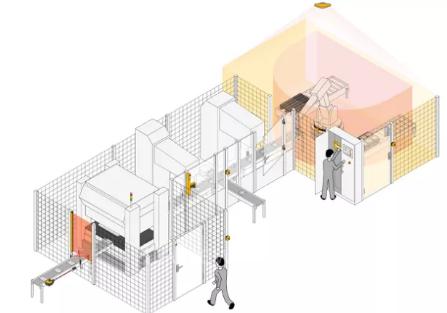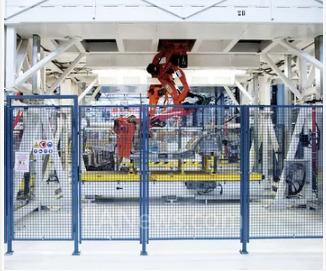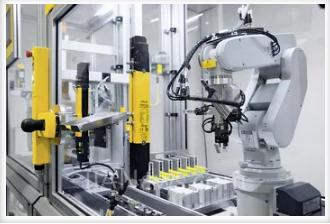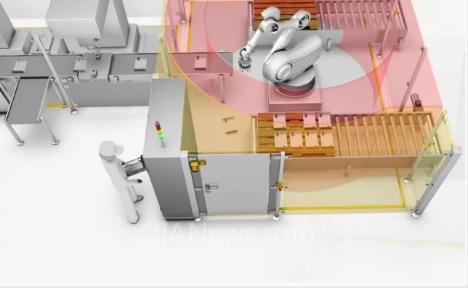The Risks of Manual Tasks in Industrial Robotics
In many industrial applications involving various types of industrial robots, manual intervention is often required for tasks such as turning, fixtures, and other tooling for loading, unloading, or handling. These operations typically involve direct human interaction with the equipment, which can expose workers to significant risks.
When humans and robots work in the same area, there's a high chance of personnel being exposed to potential dangers. The tooling used in these processes often includes actuators like jaws and cylinders, which can move in unpredictable ways—such as rotating or closing—posing hazards like crushing, shearing, and entanglement. This makes it essential to implement proper safety measures to protect workers from these risks.
To ensure that operators are not put in harm’s way during manual tasks, targeted safety protection must be applied. This includes both physical barriers and control systems designed to prevent dangerous interactions between humans and robots.

Operator Intervention
Main Protective Measures
One of the primary risk reduction strategies outlined in ISO 12100 is the use of interlocks and mechanical guards. These are widely used in robot safety applications and provide effective protection against potential hazards.
For instance, fixed guards should meet specific requirements, such as:
â— Being removable only with a specific tool, like an Allen key;
â— Remaining attached to the machine or shield when removed;
â— Having a minimum height of 1400 mm above the ground.
These standards are based on international guidelines like ISO 14120 and ISO 13857, and they are also referenced in ISO 10218-2, the robot safety standard.

Main Guard for the Robot
Additional Safety Measures
In some cases, manual tasks require frequent operator interventions, making physical barriers impractical. After assessing risks like part ejection or welding sparks, three additional protective measures can be considered:
Stop Time Limit
The control system should be designed to stop the robot quickly enough to bring the hazard into a safe state before an operator enters the danger zone. This involves using interlocking mechanisms, delay functions, speed monitoring, and static detection to ensure the machine is safe before human access.

Light Curtain to Trigger Machine Stop
Collaborative Space Limitation
When robots and humans share a workspace, the workflow and control system should be designed so that they do not occupy the space simultaneously. If both are present at the same time, the robot should automatically stop to avoid injury.

Limit Collaborative Space
To address the various risks involved in human-robot interaction, Pilz has developed a new course on human-machine collaboration and safety, based on ISO/TS 15066. This training is ideal for engineers across different industries working with robotic systems.
Chamber Cold And Thermal Shock Test Chamber
Chamber Cold And Thermal Shock Test Chamber,Cold Thermal Shock Test Machine,Battery Thermal Shock Test Chamber,Thermal Performance Testing Test Chamber
Wuxi Juxingyao Trading Co., Ltd , https://www.juxingyao.com
